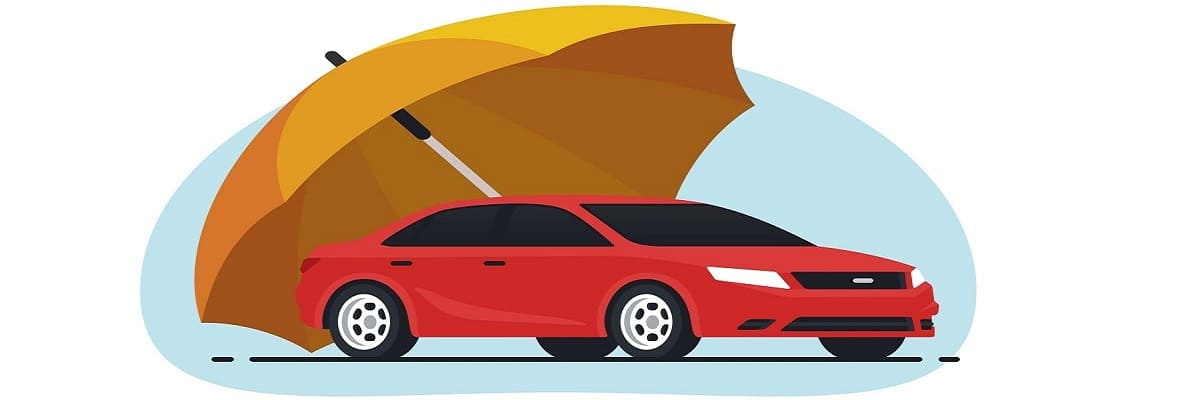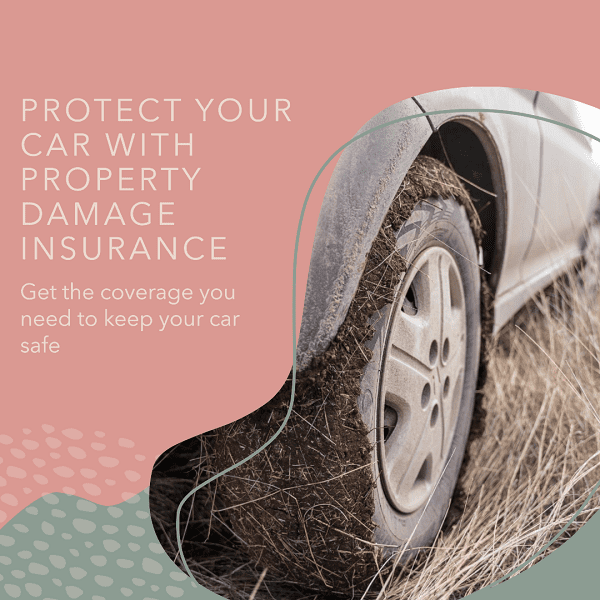Physical or Property damage car insurance is auto insurance coverage that insures against damage to the insured’s own vehicle. The most common types are collision coverage and comprehensive coverage. These two coverages are optional to purchase.
Most State’s law says you must show proof that you can pay for accidents that you cause. Most people do this by buying auto liability insurance. Liability insurance pays for the other driver’s repairs and medical bills. If you still owe money on your car, your lender will require you to have collision and comprehensive coverage to pay for damage to your car.
Property damage car insurance meaning
Property damage car insurance, also known as property damage liability insurance, is a type of coverage that helps pay for the cost of repairing or replacing other people’s property that you damage with your vehicle. This includes:
- Other vehicles: This is the most common scenario, where you cause an accident and damage another person’s car.
- Other property: This could include things like fences, buildings, mailboxes, lamp posts, trees, or even personal belongings stored in someone else’s vehicle.
It’s important to understand that it does not cover damage to your own vehicle. If you want coverage for repairs to your own car, you’ll need to purchase collision coverage or comprehensive coverage. Here are some key points:
- Required by law: Most states require drivers to carry a minimum amount of property damage liability insurance.
- Coverage limits: You can choose different coverage limits, which is the maximum amount your company will pay for damage you cause. Higher limits offer more protection but also cost more.
- Exclusions: Be aware of any exclusions in your policy that might not be covered, such as damage caused by intentional acts or racing.
Collision Car Insurance Coverage
Collision coverage pays for physical damage to your car as the result of your auto colliding with an object, such as a tree or another car. Sometimes the cost of repairing the car can quickly exceed a threshold of the car’s actual cash value. For example, an accident involving an older car or any vehicle sustaining extensive damage. In this case, insurers will “total” the car and pay you the actual cash value of the car, minus the deductible, rather than repairing it. As indicated by Motor Vehicles Law, this threshold is 75% of the vehicle’s actual cash value.
If the accident was the other driver’s fault, their insurance should pay for your repairs. If the company refuses to pay because it doesn’t agree that its driver was at fault, you can file a claim with your own company. But you must have collision coverage – not just liability – to do this. Your company will probably try to get the other company to pay your claim. If the other company agrees to pay, you’ll probably get back the amount of your deductible.
Comprehensive Car Insurance Coverage
Comprehensive coverage pays for damage to your auto from most other causes. Including fire, vandalism, flooding, theft, falling objects, and collisions with animals. Comprehensive coverage will also cover broken glass, such as damage to a windshield.



Leave a Reply